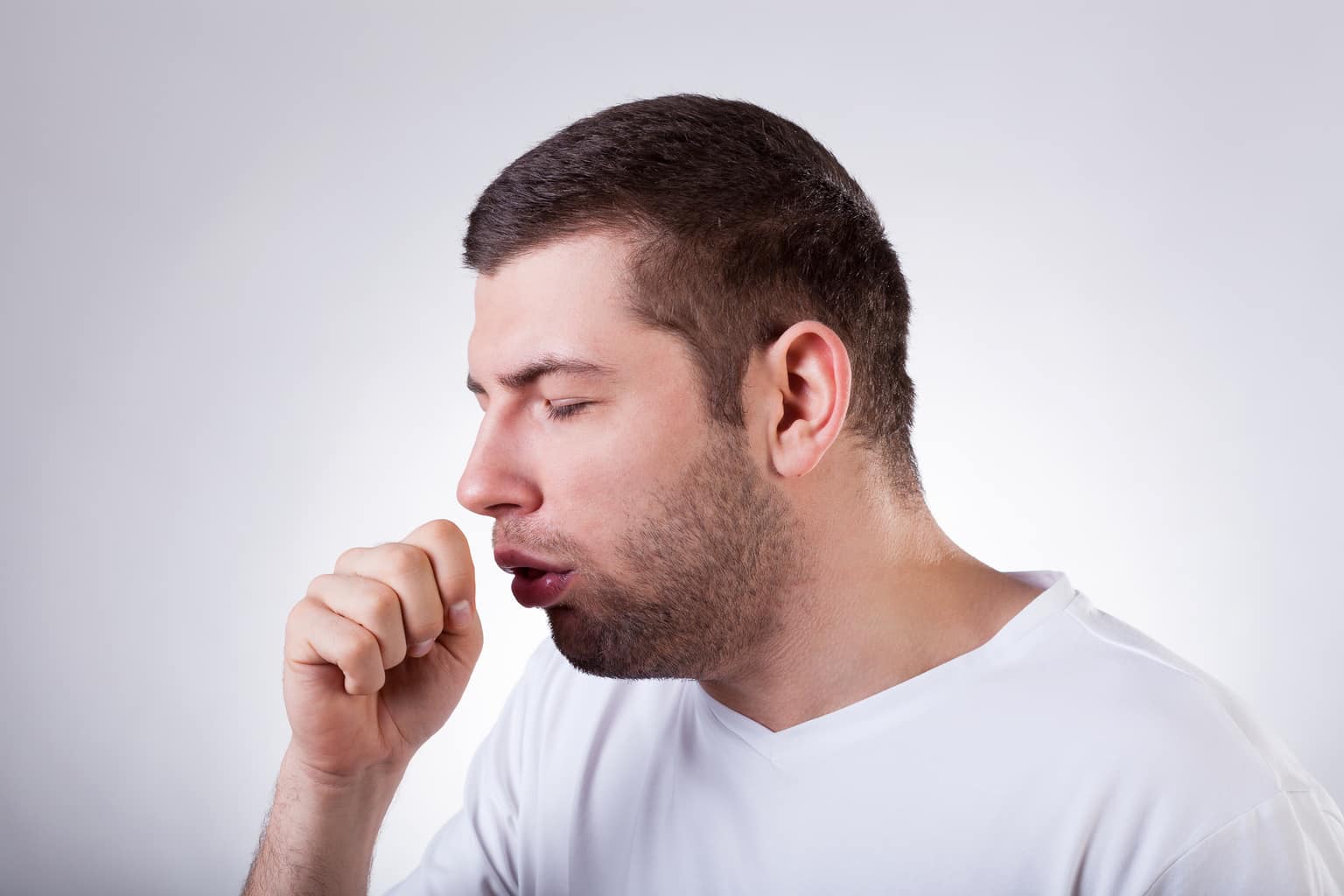
[cmamad id=”6943″ align=”center” tabid=”display-desktop” mobid=”display-desktop” stg=””]
Anyone who has ever suffered a cold is looking for a way to never have one again.
And most people think that vitamin C is the key to avoiding colds and flu.
But the best way to prevent colds and flu may not be vitamin C.
Sometimes it seems to help.
Then there is the old cliché, that without the treatment a cold take seven days to get over.
But with the treatment, it only takes one week to recover!
Does it work, though?
Years ago there was a scientist, Dr. Edgar Hope-Simpson that observed something very important around flu.
Before I explain his discovery, you should know that Dr. Hopes-Simpson is a pioneer.
It was his discovery of shingles and its relationship to chickenpox.
He was a brilliant man.

He observed that people don’t get the flu at all much when it’s sunny.
They get it when it’s not sunny.
He called this the “seasonal stimulus” and he wasn’t sure what it was.
But he knew it was onto something.

Dr. hope-Simpson thought that the seasonal stimulus had something to do with the sun.
Because when it’s sunny during most of the day, you don’t get the flu at all.
And in the tropics where it’s sunny all year round, there isn’t nearly as much seasonality to the flu.
They get the flu all year round.
But in the South, where it’s winter in June, July, and August, that’s when they get the flu.
[cmamad id=”6944″ align=”center” tabid=”display-desktop” mobid=”display-desktop” stg=””]
In the north, to get the flu in the winter during September, October November, and December.
Influenza is but one of several respiratory viral pathogens that show a distinct predilection for infecting us in the wintertime.

Now you can see that the seasonality has a lot to do with vitamin D.
Vitamin D is produced at high levels when we are in the sun.
When we are not in the sun, we need to find another way to get our vitamin D.
We either take supplemental vitamin D orally or become deficient.
And most people become vitamin D deficient.
The result is that most people don’t have enough vitamin D in the winter.
And they are very susceptible to getting the flu.
There is mounting evidence that in the absence of exposure to sunlight the vitamin D requirement is at least 15 micrograms (600 IU) per day.
Elderly people only produce 25% of the vitamin D that they did when they were young.
And this is why so many older people are susceptible to the flu.
It’s because their vitamin D levels are too low.
This is especially true today when there is a misguided mania against the sun.
Fear of skin cancer causes millions of people to get sick and die from the flu who don’t need to.
I also believe that high vitamin D levels in the blood will fight off colds.
And if there is enough calcium in the diet, vitamin D will help you maintain strong bones for as long as you live.

https://www.ncbi.nlm.nih.gov/pmc/articles/PMC2870528/#ref029
McCollum Award Lecture, 1994: vitamin D--new horizons for the 21st century
https://www.ncbi.nlm.nih.gov/pubmed/8092101

Leave a Reply